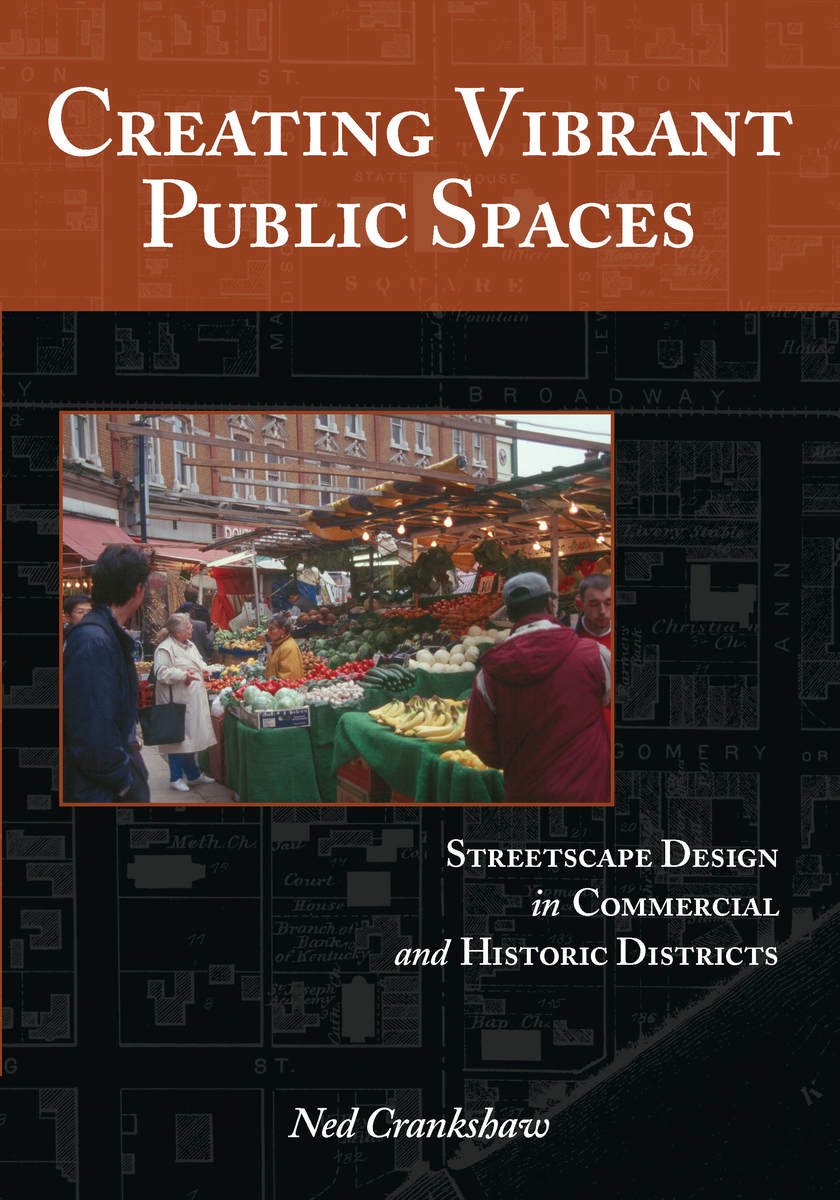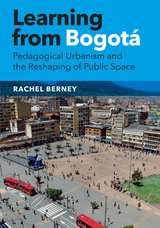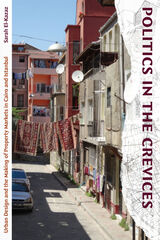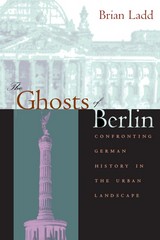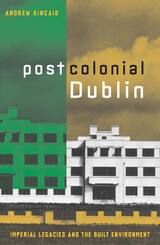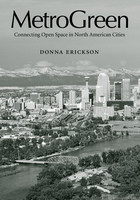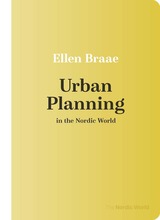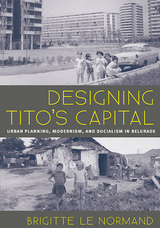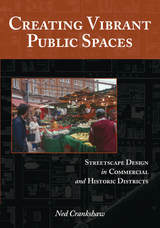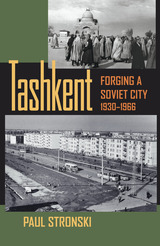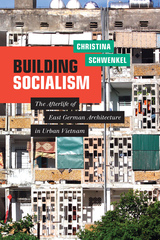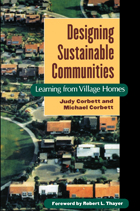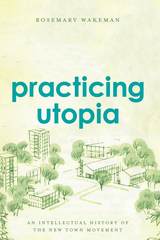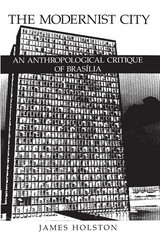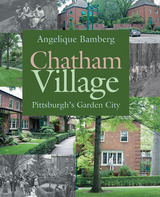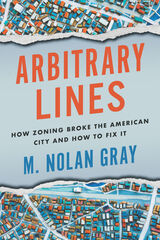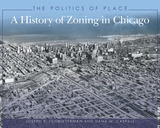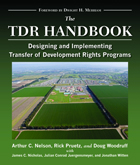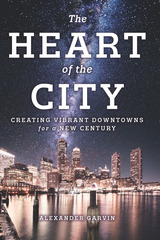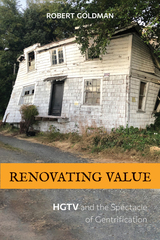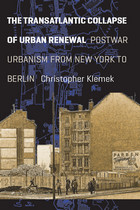Creating Vibrant Public Spaces: Streetscape Design in Commercial and Historic Districts
Island Press, 2008
eISBN: 978-1-61091-056-9 | Paper: 978-1-59726-483-9 | Cloth: 978-1-59726-482-2
Library of Congress Classification HT169.U5C73 2009
Dewey Decimal Classification 307.12160973
eISBN: 978-1-61091-056-9 | Paper: 978-1-59726-483-9 | Cloth: 978-1-59726-482-2
Library of Congress Classification HT169.U5C73 2009
Dewey Decimal Classification 307.12160973
ABOUT THIS BOOK | AUTHOR BIOGRAPHY | TOC | REQUEST ACCESSIBLE FILE
ABOUT THIS BOOK
Public space and street design in commercial districts can dictate the success or failure of walkable community centers. Instead of focusing our efforts on designing new “compact town centers,” many of which are located in the suburbs, we should instead be revitalizing existing authentic town centers. This informative, practical book describes methods for restoring the health and vibrancy of the streets and public spaces of our existing commercial districts in ways that will make them positive alternatives to suburban sprawl while respecting their historic character.
Clearly written and with numerous photos to enhance the text, Creating Vibrant Public Spaces uses examples from communities across the United States to illustrate the potential for restoring the balance provided by older urban centers between automobile access and “walkability.” In advice that can be applied to a variety of settings and scales, Crankshaw describes the tenets of contemporary design theory, how to understand the physical evolution of towns, how to analyze existing conditions, and how to evaluate the feasibility of design recommendations.
Good design in commercial centers, Crankshaw contends, facilitates movement and access, creates dynamic social spaces, and contributes to the sense of a “center”—a place where social, commercial, and institutional interaction is more vibrant than in surrounding districts. For all the talk of creating new “green” urban spaces, the ingredients of environmentally aware design, he points out, can often be found in the deteriorating cores and neighborhoods of towns and cities across the United States. With creativity, planning, and commitment, these centers can thrive again, adding to the quality of local life and contributing to the local economy, too.
Clearly written and with numerous photos to enhance the text, Creating Vibrant Public Spaces uses examples from communities across the United States to illustrate the potential for restoring the balance provided by older urban centers between automobile access and “walkability.” In advice that can be applied to a variety of settings and scales, Crankshaw describes the tenets of contemporary design theory, how to understand the physical evolution of towns, how to analyze existing conditions, and how to evaluate the feasibility of design recommendations.
Good design in commercial centers, Crankshaw contends, facilitates movement and access, creates dynamic social spaces, and contributes to the sense of a “center”—a place where social, commercial, and institutional interaction is more vibrant than in surrounding districts. For all the talk of creating new “green” urban spaces, the ingredients of environmentally aware design, he points out, can often be found in the deteriorating cores and neighborhoods of towns and cities across the United States. With creativity, planning, and commitment, these centers can thrive again, adding to the quality of local life and contributing to the local economy, too.
See other books on: Central business districts | Commercial | Historic districts | Public spaces | Urban renewal
See other titles from Island Press
